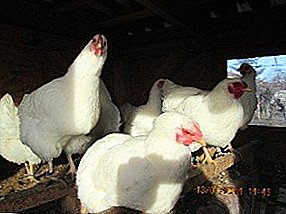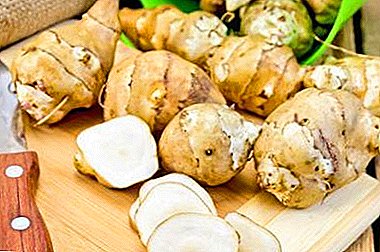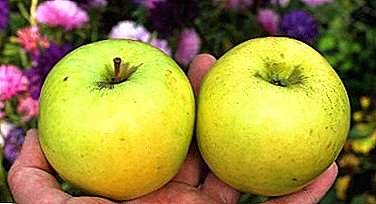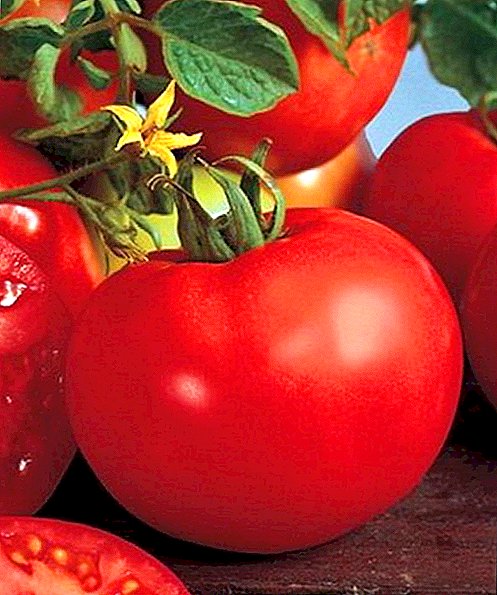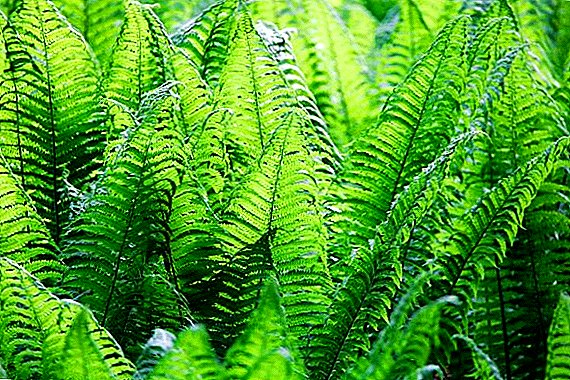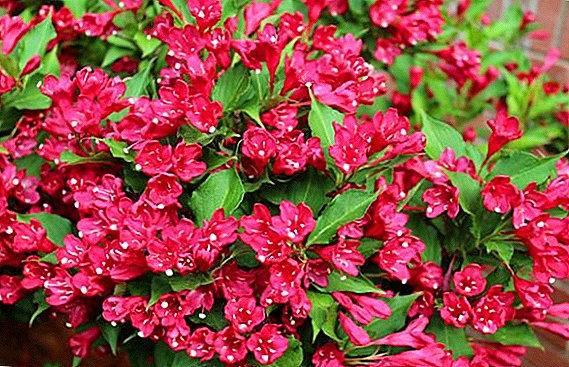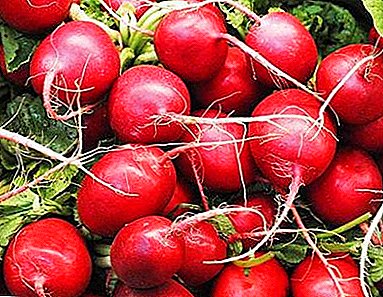
To grow radishes in your summer cottage, it is not necessary to make particularly strong efforts. In particular, if we are talking about the variety "Celeste". He is among the best in many respects. The variety is popular not only among farmers (and even among fairly large farms), but also in ordinary household plots.
Radish seeds need to buy in reliable, trusted stores. They should be the harvest of the previous year. In no case is it allowed to use radish seeds two or three years old. In this case, germination is significantly reduced and the risk of getting plants with a flower shoot instead of a juicy and large root crop increases.
Characteristic and description of radishes
Root vegetables - leveled, rounded shape. Their surface is smooth. Radish color is bright red. If you dwell on the issue of mass, then with proper care it can reach 30 grams. The flesh of a hybrid white. It is very juicy and no less tasty.
Sowing time
The hybrid can be grown from the first decade of March to the end of November. But he is so early only with the appropriate (warm) climate.
If the soil is “heavy”, the seeds should be planted to a minimum depth. No more than 1 cm.
Yield
Average, hybrid yield is 3.3-3.5 kg per square meter.
Where to grow?
Grow a hybrid in the open field. Cruciferous cultures should not be predecessors. These crops are understood as: mustard, rapeseed, levkoy, rutabaga, cabbage, and some others. According to other sources, the variety can be grown in a greenhouse.
Disease resistance
Resistance to diseases is one of the main advantages of this radish variety.
Radish "Celeste f1" is resistant to diseases and temperature extremes. But at the same time it is very desirable to cover the first time with a special film. So the gardener will be able to protect his vegetable from frost and temperature fluctuations. They often occur in the spring.
Ripening
Radishes "Celeste" - early ripening. Harvesting can be done on the 24th day after sowing. What is interesting, you can find this radish on sale all year round, the reason is that they adapt well to different climatic conditions.
What types of soil are suitable?
 It can bear fruit very well on a plot with light sandy, loose soil.
It can bear fruit very well on a plot with light sandy, loose soil.
And soil acidity should be between 6.5 and 6.8.
It is incredibly important to ensure proper preplant work.
First of all, make complex fertilizers. What soil is undesirable to plant this crop?
Radish hardly tolerates planting on saline soils. Poor drought tolerance, and vice versa, excessively moist soil.
Breeding history
The radish "Celeste F1" was bred, like many other varieties of vegetables, in Holland. About the history of radish in this variety is not specifically known. It is precisely known that thanks to the breeders he obtained such useful qualities.
Differences from other species
- The main thing in which this variety differs from many others, resistance to diseases.
- And it is adapted both for rotation in open ground and in greenhouse conditions.
Advantages and disadvantages
Merits:
- From the radish of this variety, you can expect early ripening.
- It is very tasty.
- Yield.
- There are no such problems as bolting and color blooming.
- You can keep the harvest for a long time.
- The variety is very resistant to pests and diseases.
- During transportation, even over long distances, it does not lose its commercial qualities.
The Celesta variety has extremely minor flaws, but they fade against the background of its merits.
- This radish can not be planted on saline and dense soils.
- Sowing this type of radish on too dry soils is a bad thing.
- On too wet soils too. Moreover, too high humidity is even destructive for radish.
What and where is it used for?
For fresh consumption and for sale in the markets. Radish is used only fresh. Some people eat and leaves.
Growing up
In the greenhouse that is heated, you can grow radishes, including this variety, in any month of the year. Due to the nature of this vegetable crop, seeds germinate best in early spring, namely in March-April.
Radishes ripen in about a month. Much depends on the region and care. In accordance with these factors, the timing may be different.
After the seeds and soil are prepared, you can start sowing:
 Along the entire length of the beds make furrows, which are 3-4 cm deep. The distance between them is about 10 cm.
Along the entire length of the beds make furrows, which are 3-4 cm deep. The distance between them is about 10 cm.- The distance between the holes - 4-5 cm. Placement - in a checkerboard pattern. This is not a whim. In other cases, the gardener will be forced to thin out.
- After the sifting has been made, the furrows are covered with earth and leveled.
In terms of care, be sure to regularly water and maintain the required temperature. You need to make sure that the temperature was not higher than + 20-22 degrees. If necessary, regularly ventilate the greenhouse.
Be sure to fertilize radishes. In small quantities, you can make a solution of ash, liquid mullein. For sowing seeds in open ground, you can use a special device. The so-called "sazhalka". And you can - in the usual way.
Harvesting and Storage
This vegetable is spiced in no time. Should not rush it. No need to harvest early. But it is not necessary to allow over-ripening. When the roots are medium in size, then you need to harvest. Be sure to align all ripe roots. That is, cutting off the tops of 2-3 cm from the radish and cutting the roots.
How to store?
In the vegetable department of the refrigerator. You need to pre-pack it in a plastic bag. The only condition - in the package you need to make a hole for ventilation or open the package. Root vegetables can be stored at an appropriate temperature and humidity for about 2 months. But you can not keep them for too long. In this case, they will lose their taste.
Diseases and pests
Vegetable has a strong immunity against the main part of the disease. The main pests that disturb radishes in general, and this variety in particular, are two:
- Cruciflo flea.
- Aphid.
For prevention, it is better to plant radishes before winter. While the pests will take some action, the gardener will have time to harvest.
It should be noted that many diseases can be avoided through prevention.
For example:
- Remove from the soil the remains of plants from last year.
- Prevent soil waterlogging.
- Periodically enrich the soil with mineral and organic fertilizers.
- If you plant radishes in the spring, it is better to plant mustard, wormwood, any flowers with a pungent smell along the edges of the garden.
This vegetable is well stored and preserves, even with long-term storage, excellent taste. Therefore, this variety of radish is very popular.


 Along the entire length of the beds make furrows, which are 3-4 cm deep. The distance between them is about 10 cm.
Along the entire length of the beds make furrows, which are 3-4 cm deep. The distance between them is about 10 cm.
